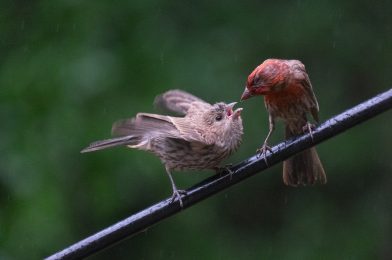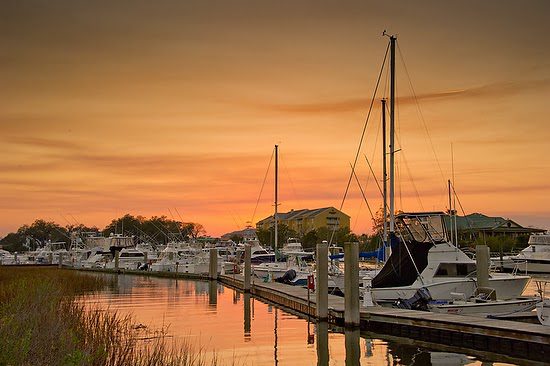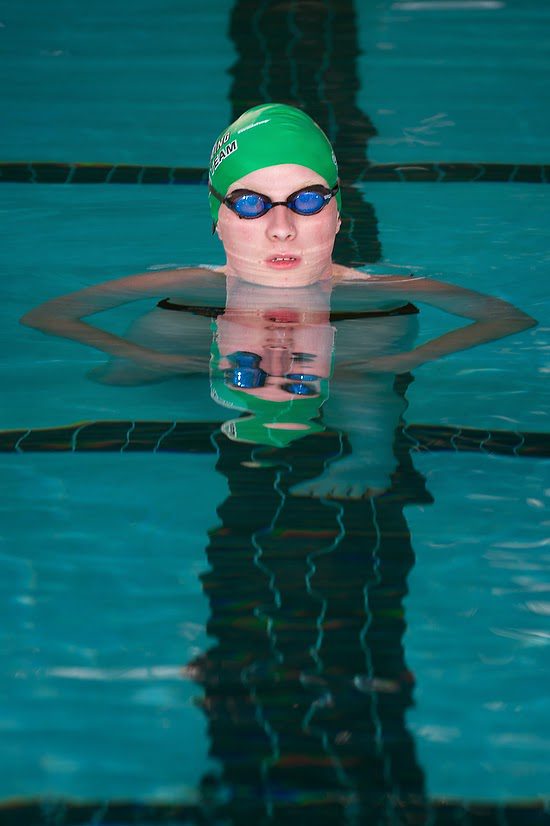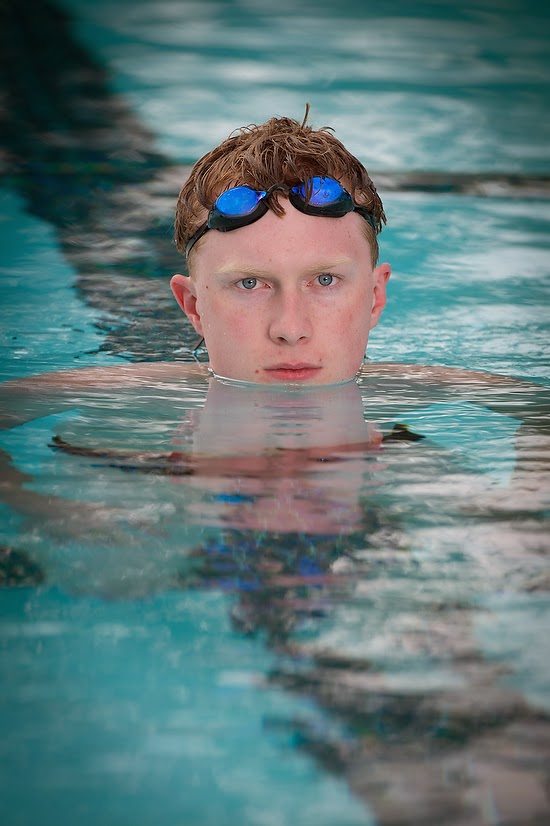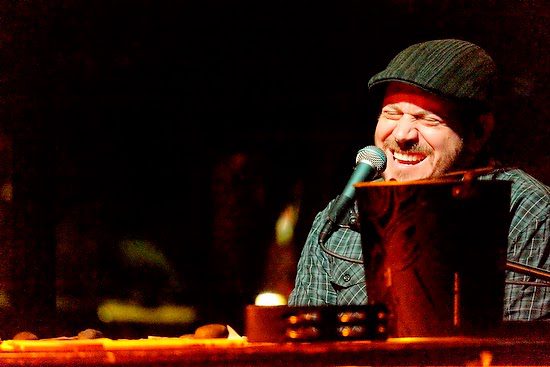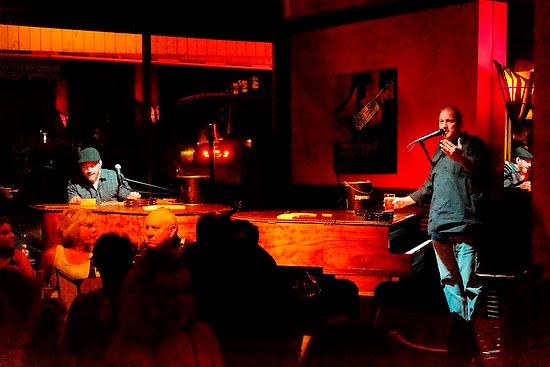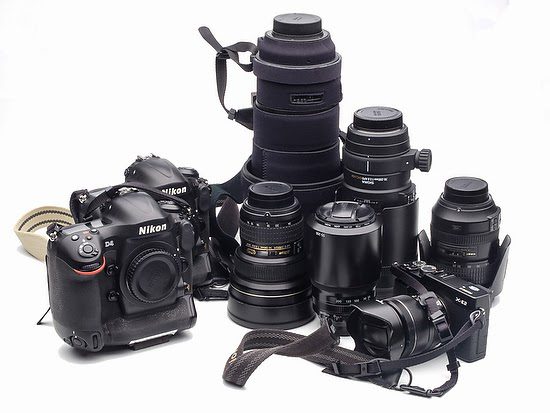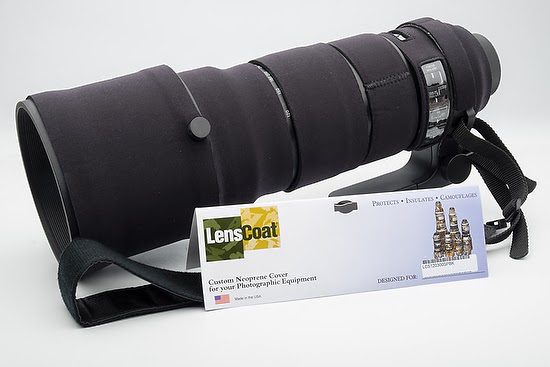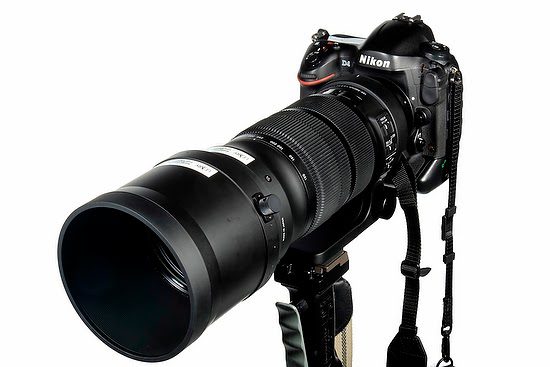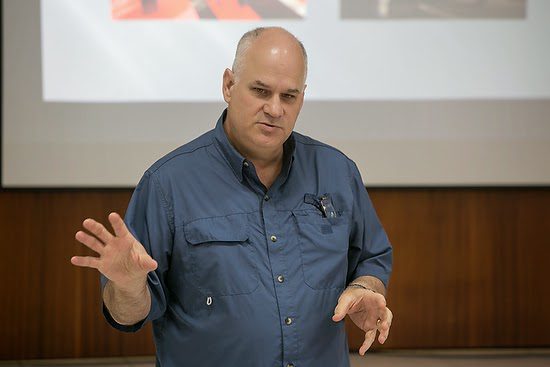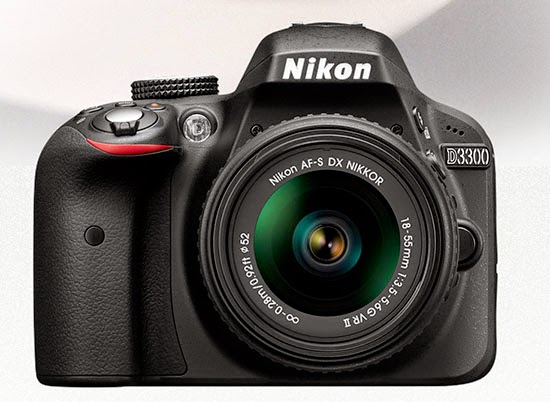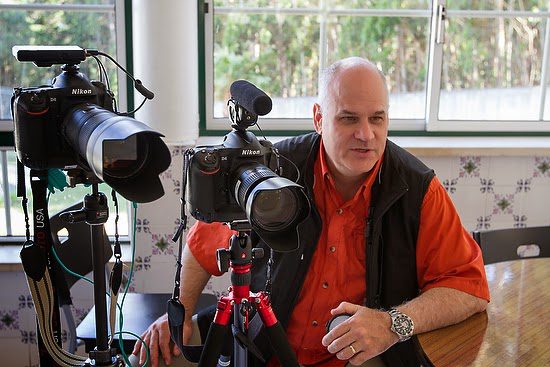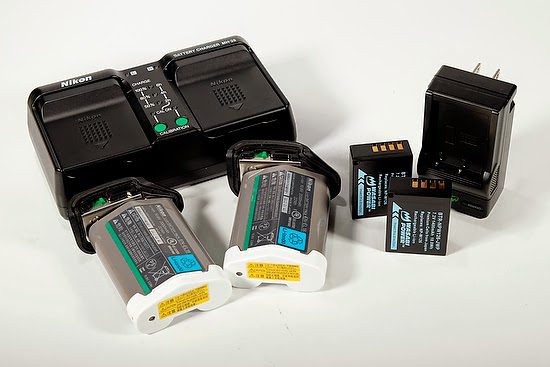I grew up listening to the stories of Uncle Remus about Br’er Rabbit. In case you are not familiar with the character of Br’er Rabbit. Br’er Rabbit is a trickster who succeeds by his wits rather than by brawn, provoking authority figures and bending social mores as he sees fit. The name “Br’er Rabbit,” a syncope of “Brother Rabbit,” has been linked to African and Cherokee cultures.
You see, the animal trickster represents an extreme behavior that people may fall under to adopt in extreme circumstances to survive. The trickster’s admiration is lacking in most situations. He is an example of what to do, but also an example of what not to do. We summarize the trickster’s behavior in the typical African proverb: “It’s the trouble that makes the monkey chew on hot peppers.”
Working for Free
Some excellent reasons to work for free or donate your time and resources to a nonprofit organization involve being altruistic is the best possible reason to give your time and resources.
Another great reason to donate is that when you offer to give your storytelling skills to an organization, you are more likely to remain more in control of the project and, therefore, more likely to do the best possible work you can produce. So many personal projects I have seen done through my career by photographers were selfless acts of kindness.
Countless people launched their careers by giving away their work for free and using these projects in their portfolios to get jobs.
I do encourage those who have no actual portfolio. Donating your time is the way to build your portfolio. You find something you are passionate about, which often might be something that a nonprofit could use. The advantage of doing this early in your career is they can provide you the access necessary to put together a project that will showcase what you can do for clients in the future.
Almost no one will spend the travel expenses and pay someone to produce something if they do not have GREAT examples.
Business Model Changed
Just a few things have impacted photographers doing work for nonprofits.
- Stock Photography—years ago, a photographer could go overseas and shoot and then return and put images into a stock agency and make some pretty good money. It was widespread for photos to sell from $350 up to many thousands of dollars. Today with people giving their images away for free through things like Flicker, this has dried up as an income source. It was not uncommon for a photographer long ago to shoot for free and, due to the access, make money and lots of money from the stock sales later. This revenue stream dried up years ago.
- Digital—Before digital, you had to know photography skills because you would have to wait till developing the film to see the results. Now with the LCD on the camera, you can see immediately and adjust instantly to be sure you have a photo. So, where many organizations would pay for a pro just because they needed to know they had pictures; now, with digital, they look on the LCD for that confidence.
- Good Enough—this is what social media has contributed the most to our industry. People see that OK videos and photos are getting traction and that great images and videos do not always get more traction for going viral.
- Baby Boomers Retiring—many people are retiring and want to donate their time to doing something worthwhile. Most nonprofits welcome volunteers with open arms and enjoy the free rather than worrying about the quality.

What to do & What not to do
When working with nonprofits, I see more and more Br’er Rabbits. A good number of storytellers will contact a nonprofit and even do outstanding work that doesn’t really help sustain the nonprofit in the long run.
I have watched most of my career the demise of professional communicators and especially those in journalism. Yet, loving what we do and feeling called to do it has many of us behaving like Br’er Rabbit. Br’er Rabbit represented the enslaved Africans who used their wits to overcome adversity and to exact revenge on their adversaries, the White slave-owners.
I am not seeing anyone planning revenge. However, I see people do about anything they can to do storytelling.
Many hobbyists/pros do not need income from their photography because they make perfect money in their full-time jobs. Some of these are even professional communicators on the staff of a corporation or even a newspaper, for example.
Many people love to travel and see the world. However, they are looking for another stamp of a country they have never been to that they can add to their passport.
What is happening with these people is they are not thinking long-term for the organization. Instead, they are donating of their time and resources.
Managerial Accounting
I think you need to understand this business concept to do the right thing when offering your work for free to an organization.
Too many people see the savings they are providing an organization by donating their time and resources. Donating time is how financial accounting tracks things, but those organizations that mature over time do not use this method only. Instead, they use managerial accounting methods in addition to their organization.
MANAGERIAL ACCOUNTING:
Provides information to make decisions regarding the future
Relevance of data is emphasized over reliability
Focuses on timeliness of information
Reporting is focused on parts of the organization such as departments or
divisions and not on the organization as a whole.
Here are just a few things that organizations address due to using managerial accounting procedures:
1. Just in time inventory
2. Total quality management
3. Enterprise resource planning
4. Supply chain management
5. Benchmarking
Do you want your donations to an organization to multiply or help temporarily? Most would like to know they were helping long-term.
Think about each of these when you donate next time to an organization:
- Is my donation helping the organization meet its mission statement?
- When I stop donating, is what I am doing for the organization something that they need to continue and pay for this service in the future?
- Am I helping educate the organization on how to use my gifts in the most effective way possible?
Storytelling is core to successful organizations.
I know that every organization must do compelling storytelling of what they are about at the core, or they will not be successful. Therefore, I do not mind donating my time as I choose, but I highly resent organizations that expect all storytellers to contribute to their organization.
I believe organizations need to have a budget for their ongoing storytelling. They need to have materials that they can use over and over that help tell their story. They need to tell new stories of how they are continuing to make an impact, or sooner or later, they will start to die.
Just like movie studios must continue to come out with a new movie to get people to spend their money to watch, so must organizations continue to tell their stories, or people will stop being a part of their organization.
Time to Pay for Free
There should come a time in a nonprofit’s growth where they will slowly mature by doing the right things. The day will come when the organization cannot just rely on Free.
I know one organization that has built up and continues to rely predominantly on free, and all their staff raises their support to work for free full-time. When I worked with them, I was trying to give a presentation, and the room I was too used to was not usable. Due to improper wiring by free volunteers over the years, the rooms were not just unusable but fire hazards.
I couldn’t get the work sent to my email accounts for one year because all the free IT support didn’t wire their campus correctly.
Even Habitat for Humanity knows it must rely on professional electricians and plumbers to meet the code for their homes. So maybe more organizations need to realize a coding standard for good communication.
Here is the bottom line for organizations that do not create a plan to budget for storytelling.
Organizations need to budget for communications, or they will die over time.
I thought I would end with the sunset.





